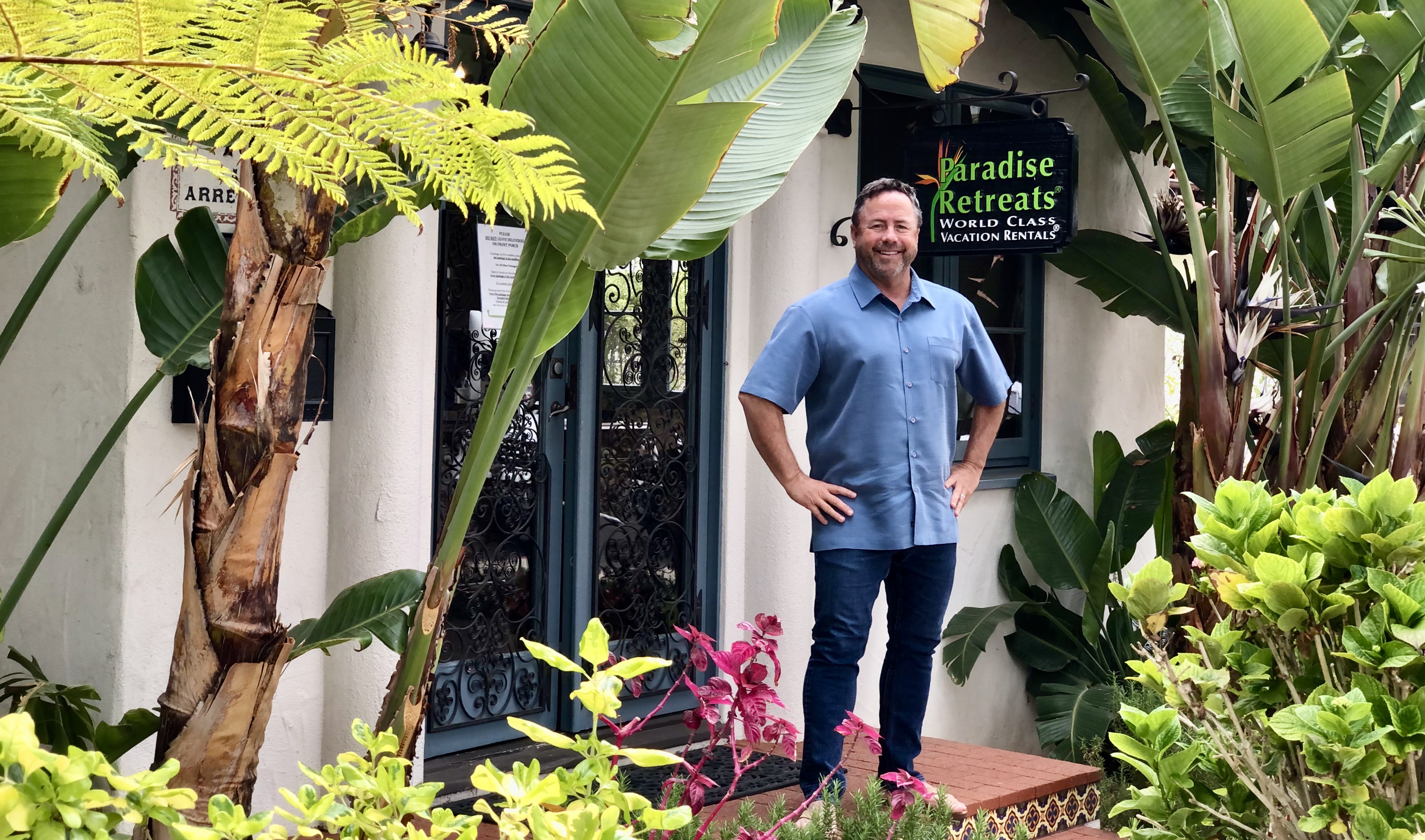Blame on Short-Term Rentals Misplaced
Open Letter to Mayor and City Councilmembers

I hope the recent decision by the California Court of Appeal will allow us to move forward collaboratively regarding the legal operation of short-term rentals (STRs). Unfortunately, Mayor Cathy Murillo’s first reaction in the media has compelled me to share well-researched and independently proven facts on the relationship between short-term rentals and affordable long-term rental housing.
Our mayor stated: “…this lucrative commercial activity essentially turns houses and apartments into hotel rooms, taking them off the market for working people who need housing.”
While the high cost of housing is a significant issue in most of Coastal California, our mayor incorrectly believes that STRs are to blame, which is incorrect for four reasons:
(1) Over 85 percent of short-term rentals are second homes owned by out-of-town families. They would never be offered as long-term rentals. These families use their second home 20-50 percent of every year; usually for vacation with the family or as a refuge from severe seasonal weather. When the city prohibited STRs in 2015, none of these homes were converted to long-term rentals. Instead of becoming long-term rentals, these owners simply increased their minimum short-term rental stays to 30-plus nights. Under the 30-plus-night model, their annual STR rental revenues dropped by 30-40 percent and they stopped paying TOT [transient occupancy tax] to the detriment of city revenues.
(2) Most long-term rental homes in Santa Barbara (especially in the Coastal Zone) cannot be classified as being “affordable.” Fifteen percent of the properties we manage are not used throughout the year by the owner. These properties could possibly be offered as long-term rentals, however, the market rates to rent a single-family home are significantly above what are considered “affordable housing” rates. In the case of Paradise Retreats, three- to four-bedroom homes are commonly being offered for $6,000 to more than $10,000 per month as long-term rentals. These rates can hardly be considered “affordable.”
(3) We have five years of “real-world” evidence that the prohibition of STRs does not reduce the cost to rent houses in Santa Barbara. In the five-year period since STR prohibition was enacted (2015-2019), long-term rental rates did not decline at all and instead increased by about 7 percent. This is almost identical to the roughly 7 percent increase in rental rates from the previous five-year period (2011-2015).
(4) A 2016 study concluded that STRs have a negligible effect on the supply and cost of housing. The respected economist Dr. Mark Schniepp was commissioned in 2016 to prepare a statistical report on the effect of STRs on the housing supply. It is important to note that Dr. Schniepp was expressly instructed to not have any bias on the outcome of his analysis. This was because the goal of the study was to determine an objective answer on the important question of the effect of STRs on housing. The results proved that the presence of STRs does not significantly affect the supply and cost of housing. This was mainly due to the facts that: (a) STRs represented less than 2 percent of all residential housing, and (b) the properties were primarily used as part-time second homes.
For all these reasons, I would like to encourage the City Council and mayor to move forward collaboratively and finally accept the proven fact that STRs are not a primary reason for the lack of affordable workforce housing. Continued use of the “save affordable housing” talking point is disingenuous rhetoric causing harm to the livelihood of many of your constituents. Please stop using STRs as an easy scapegoat, and instead pursue “real” solutions to the affordable housing issue. There are many effective solutions that have been identified in professional studies on the California housing cost issue.
I also urge you to oppose any proposals made by the City Attorney to continue fighting the Kracke lawsuit at the California Supreme Court level. There is no reason to continue wasting precious taxpayer money on legal battles while balanced solutions to this conflict are readily available.
Please take this opportunity to show your leadership in developing Fair Regulation of STRs in Santa Barbara (similar to those developed for Goleta, Carpinteria, Ventura, and many other California coastal communities). I would welcome the opportunity to work with each of you to develop a STR policy that is a “win-win” for all stakeholders — city government, STR advocates, residents, traveling families, affordable housing advocates, etc.
This is an invitation to meet with each, or all, of you to further discuss positive approaches to the management of STRs in our community. If you are interested, please reach out to me.



